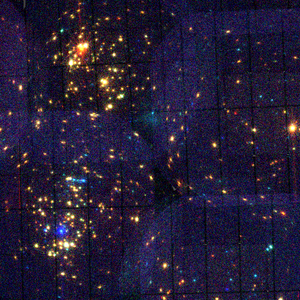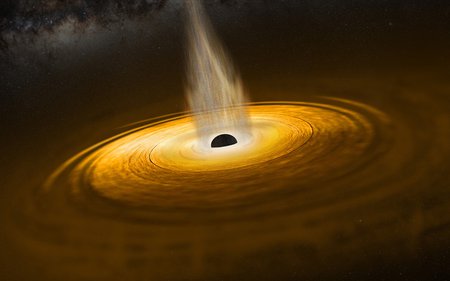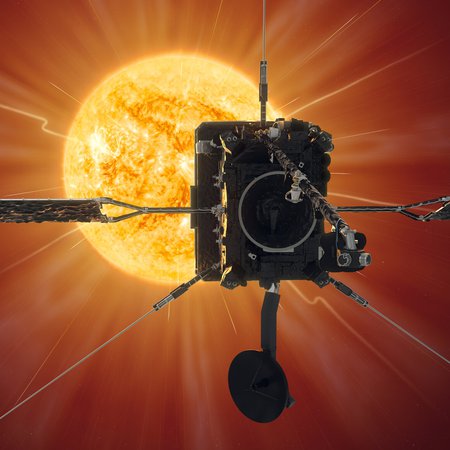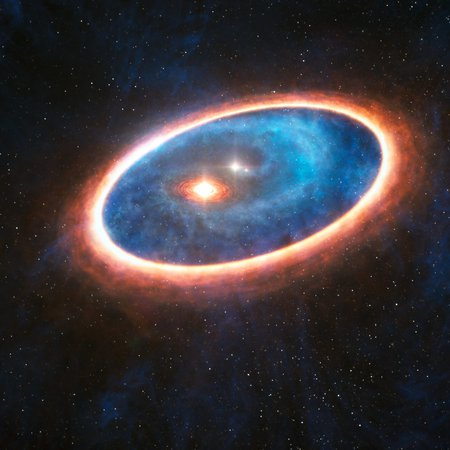Virtual lecture: Babelsberg Starry Night on 16th January 2025
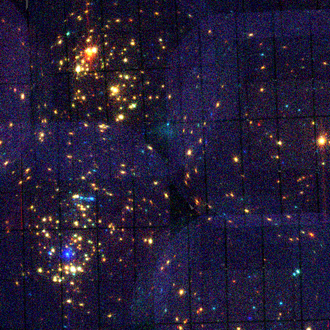
This XMM-Newton image primarily shows the X-ray radiation of very hot stars. The surroundings of black holes or the hot gas in galaxy clusters are also visible in X-rays.
Credit: ESA/XMM Newton, AIP/Iris TraulsenThe next talk of the Virtual Babelsberg Starry Nights of the Leibniz Institute for Astrophysics Potsdam (AIP) on the topic "Searching for the X-ray emitters in the Universe" (German) by Dr. Iris Traulsen will be broadcast on the YouTube channel “Urknall, Weltall und das Leben” (Big Bang, Universe and Life) from Thursday, 16thJanuary 2025.
The next virtual lectures in the Babelsberg Star Nights series will be online on Thursday, 16th January 2025, at 8 pm. Dr Iris Traulsen invites the audience to join her on the ‘Search for X-ray emitters in the Universe’. The surprising discovery of X-rays from space in the 1960s and the subsequent development of astronomical X-ray detectors opened a new window into the Universe: high-energy, exotic processes can be seen in X-ray light. This ‘cosmic laboratory’ allows us to discover as yet unknown properties of already known astronomical objects as well as still unknown types of objects. The European Space Agency (ESA) operates the large satellite-based X-ray mission XMM-Newton, which started scientific observations in January 2000. For about 20 years, Iris Traulsen has been working with the XMM-Newton data and reports that it hides many as yet unknown astronomical X-ray sources. How can these be tracked down and made accessible to science? The lecture invites you to take a look behind the scenes of a space telescope and dive deeper into the ‘hot universe’.
Usually on the 3rd Thursday of each month, starting at 7 or 8 p.m., the lectures of the Babelsberg Starry Nights become available at
https://www.aip.de/babelsberger-sternennaechte
and via the YouTube channels "Urknall, Weltall und das Leben" (Big Bang, Universe and Life) and "videowissen" and can be viewed afterwards at any time.
Images
This XMM-Newton image primarily shows the X-ray radiation of very hot stars. The surroundings of black holes or the hot gas in galaxy clusters are also visible in X-rays.
Illustration of the surroundings of a black hole. Here high-energy X-rays are produced that can be observed with X-ray telescopes like XMM Newton.
Big screen size [1000 x 625, 70 KB]
Original size [1155 x 722, 100 KB]
